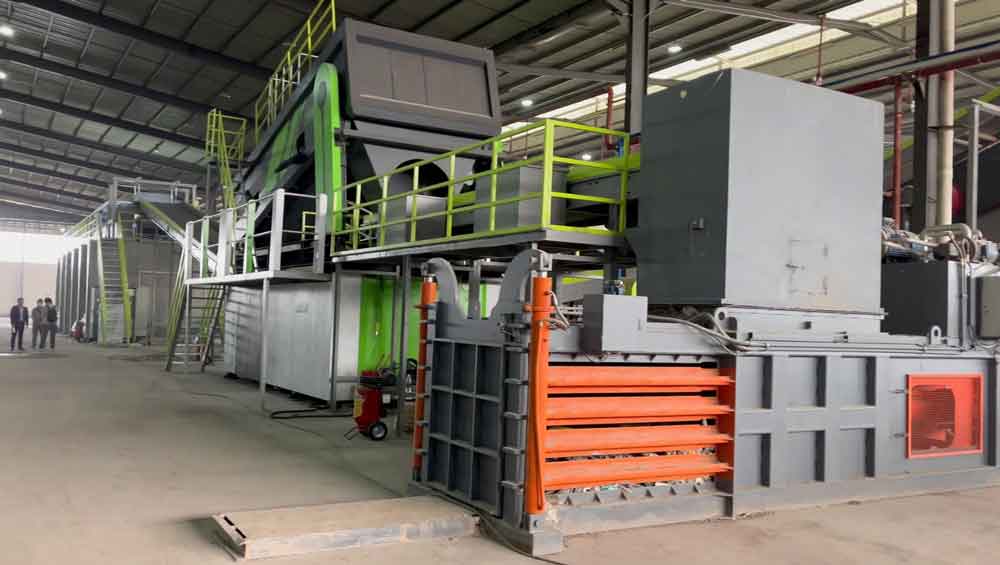 Time:2025-01-24
Time:2025-01-24
 Source:青绿环境
Source:青绿环境
The methods to ensure sorting accuracy in automated waste sorting equipment primarily rely on a combination of advanced technologies, including but not limited to sensor technology, image recognition algorithms, robotics, and automated control systems. Below is how these technologies work together to ensure high-precision waste sorting:

Automated Waste Sorting Equipment
- Multimodal Sensing Technology:
- The equipment utilizes various types of sensors (such as optical, infrared, X-ray, and electromagnetic sensors) to detect and differentiate waste materials of different compositions. For example, near-infrared spectroscopy can identify types of plastics; metal detectors can locate various metal objects; and X-ray fluorescence analysis can determine the presence of heavy metals.
- High-Resolution Image Recognition and Machine Vision:
- By installing high-definition cameras and integrating deep learning algorithms, the equipment can capture and analyze the visual characteristics of objects on the conveyor belt, such as shape, color, and texture. This enables precise positioning and classification of specific items.
- Artificial Intelligence (AI) and Machine Learning:
- AI-driven systems continuously optimize their decision-making models through extensive training data, thereby improving the accuracy of sorting decisions. Over time, these systems become smarter and more capable of handling complex or unusual sorting tasks.
- Precision Robotic Arm Operations:
- Robotic arms equipped with high-precision servo motors can maintain stability at high speeds and accurately grasp target items according to instructions. Additionally, some advanced robotic arms are equipped with tactile feedback functions to sense the characteristics of the grasped items, further ensuring the accuracy of sorting.
- Real-Time Monitoring and Adjustment Mechanisms:
- The automated control system continuously monitors the entire sorting process and immediately makes adjustments upon detecting errors or anomalies. This includes functions such as speed control, path planning, and emergency stop mechanisms to ensure that each step is executed according to predetermined standards.
- Quality Control in Pre-Processing and Post-Processing Stages:
- Before waste enters the main sorting process, it may undergo preliminary screening, shredding, or other pre-processing steps to reduce the interference of large objects. Additionally, after sorting is completed, a secondary inspection station can be set up to review the sorting results using manual or other automated means, ensuring the quality of the final output.
- Data Recording and Analysis:
- The system records data from each sorting operation and uses big data analysis to identify potential issues or areas for improvement. This provides a basis for subsequent software updates and technological upgrades.













 Prev
Prev











